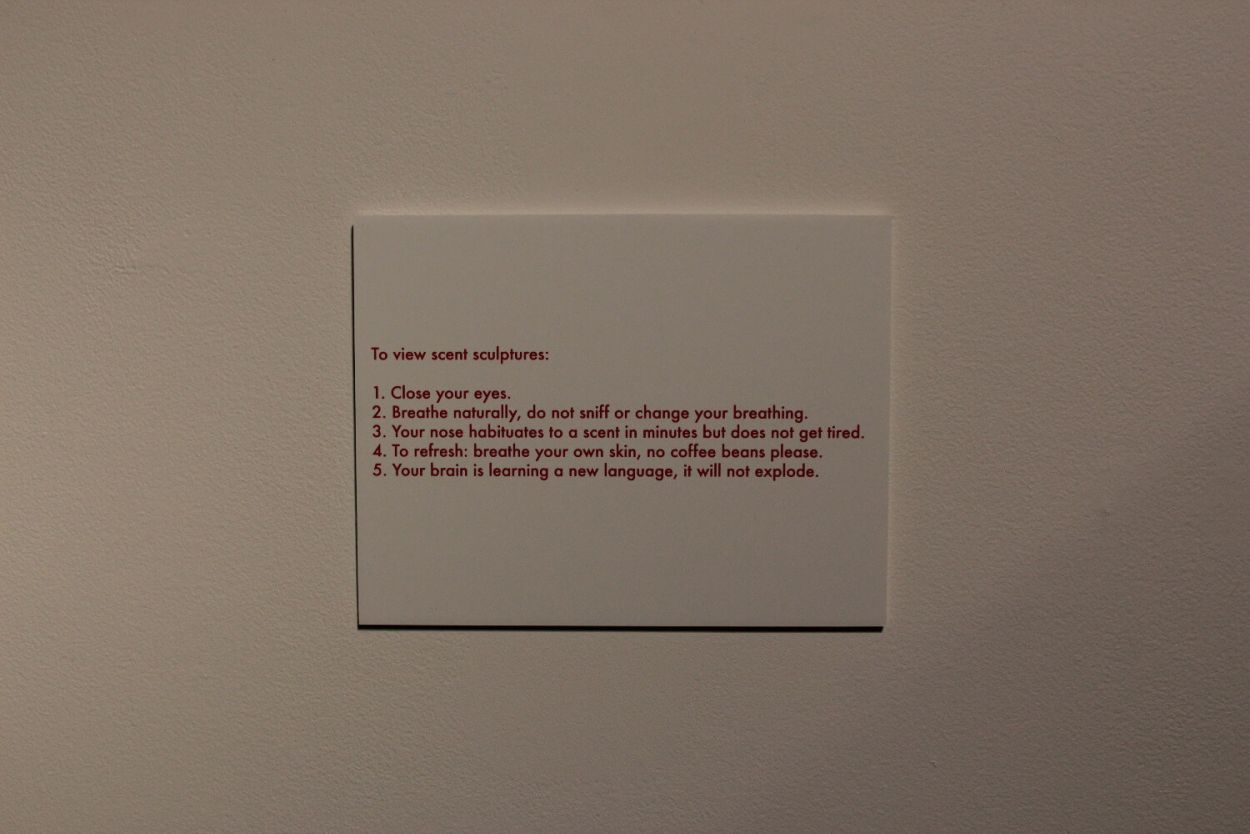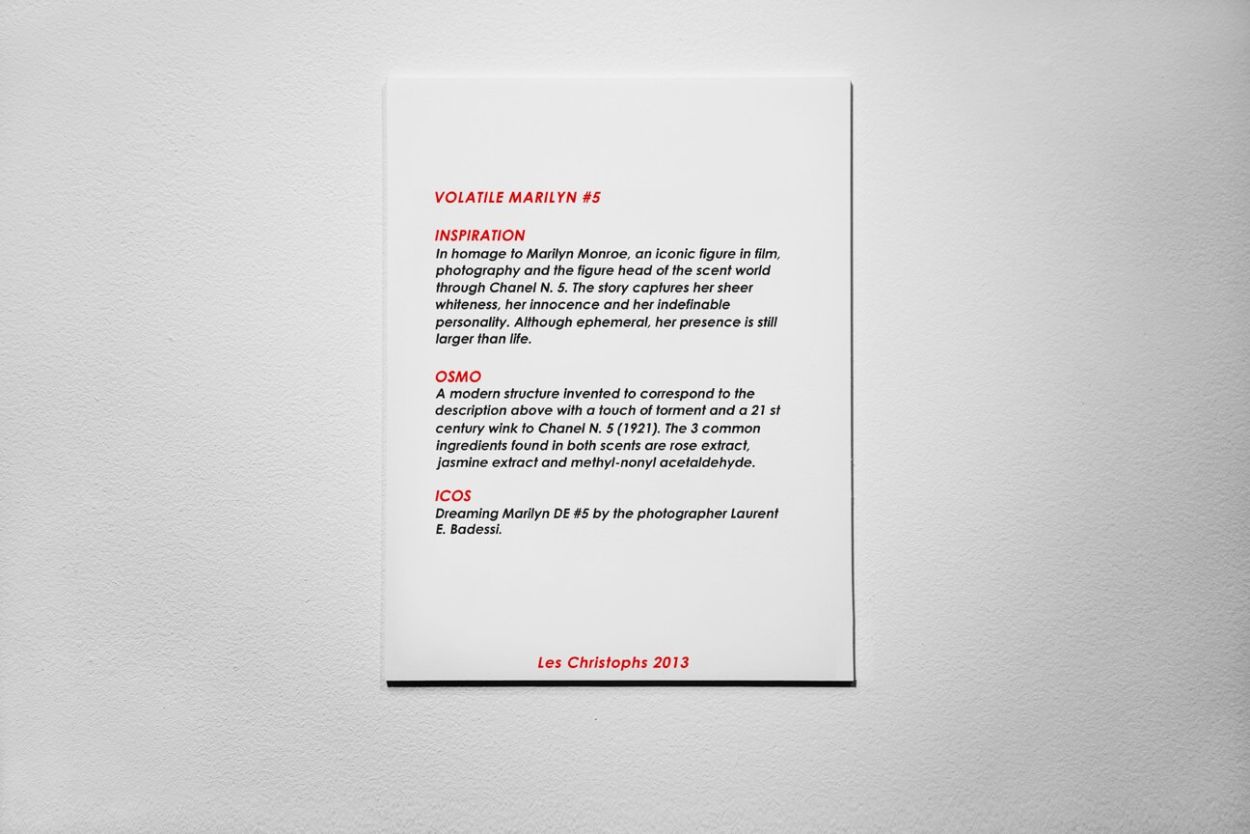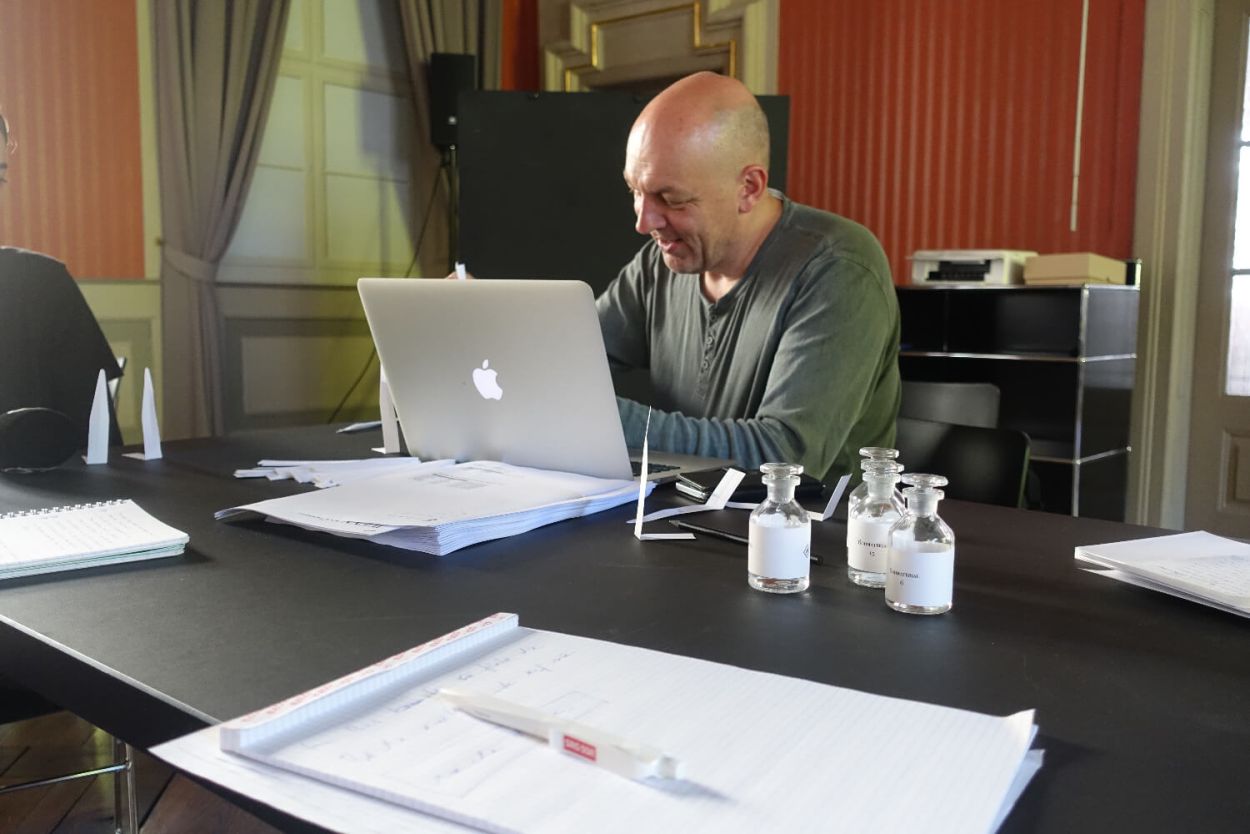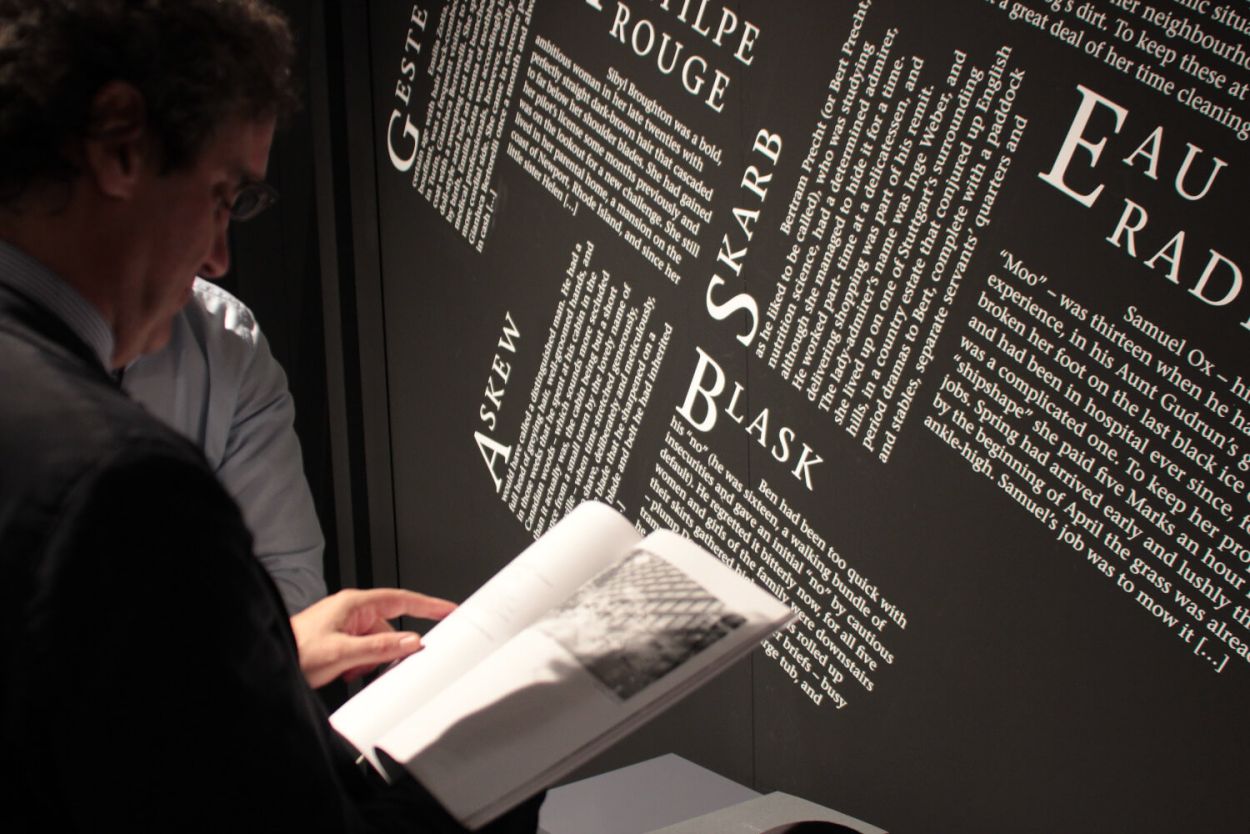What’s missing on the pizza?2:09
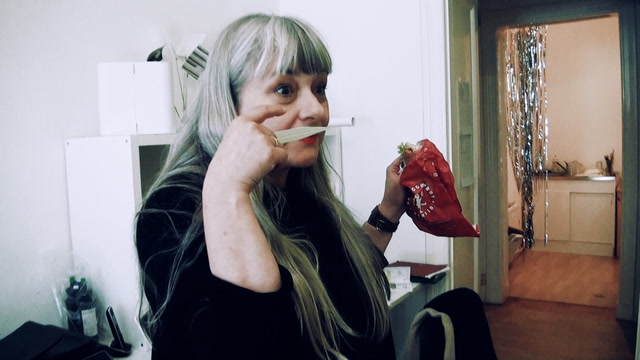
What’s missing on the pizza?2:09
«Imagine working in an open space while a neighboring workmate eats pizza!»
This was the experience we asked Christophe to capture with a scent. The pizza scent was later used in an exploratory study on the role of the sense of smell in the workplace. We knew that odors we encounter in everyday life are complex mixtures of different notes. Nevertheless, a few characteristic molecules are usually sufficient to evoke the generic smell substances, like coffee or chocolate. However, a generic smell can hardly capture a specific experience or workplace situation. In this session with Christophe, the assistant perfumer Ugo Charron and the scent journalist Denise Beaulieu we learn about the olfactory lifecycle of pizza.
Making of Hemingway in 6-Major4:08
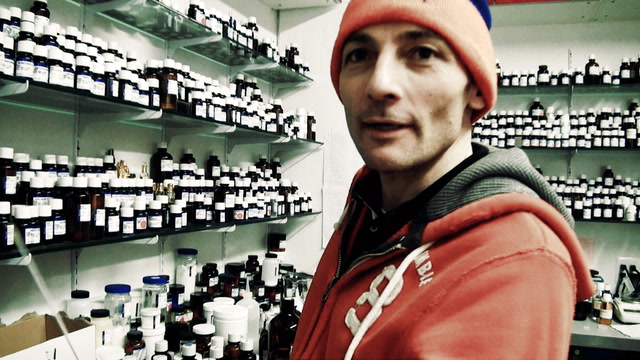
Making of Hemingway in 6-Major4:08
An upcoming gallery show changes the rules of the game.
«Clients are the difference between design and art», as a common saying goes. In fact, it is the client who sets the goals, decides on the budget and approves the final scent. Hence, perfumers work under constraints defined by the client whereas creative work is often associated with freedom and autonomy. Yet, constraints can also be helpful because they stimulate creativity rather than suppress it. This clip shows how Christophe copes with a set of self-defined constraints and highlights the importance of independent work for the creative practice. A few days later, the project Hemingway in 6-Major was actually exhibited at a fancy gallery in Chelsea.
Family dispute3:18
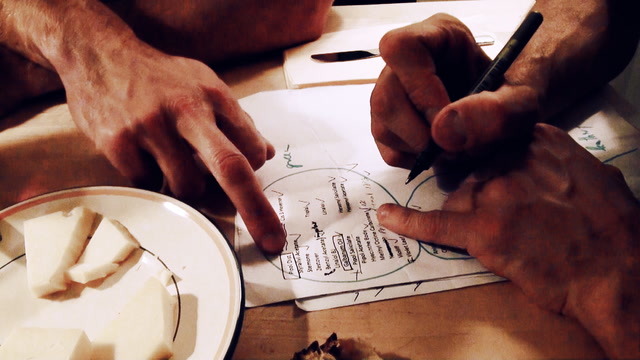
Family dispute3:18
This video empowers consumers to challenge the salesperson upon their next trip to a perfume store!
At most perfume stores it is common to classify scents by olfactory families. For instance, a department store perfume salesperson identifies the consumer’s passion for a flowery or spicy note and provides more samples from these olfactory families. In encounters such as this, a consumer might easily feel inferior to the salesperson’s expertise. However, in observing the perfume field, we have noticed that even among experts there are highly personal systems of classification that vary from perfumer to perfumer. We asked Christophe Laudamiel and Christoph Hornetz for a set of sample olfactory materials that could help us to better understand some of the everyday practices in the field. One of the perfumers came up with a list of materials grouped by families. One night, we discussed the list over wine and cheese with the two perfumers. On this occasion we learned how even two perfumers who had closely collaborated for several years can quickly disagree about commonly shared olfactory conventions and classifications. Bear in mind that the perfumers talk about single molecules whereas commercial perfumes are composed of several dozen different molecules. After watching the video the viewer should feel empowered to challenge the salesperson upon their next trip to a perfume store!
The power of words1:22
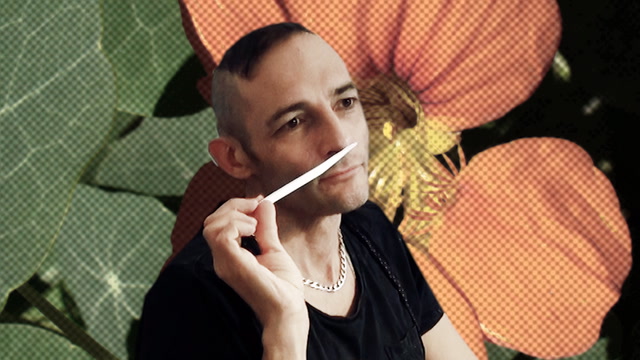
The power of words1:22
Suddenly Christophe discloses the name of an ingredient to the researcher...
The French capucine is commonly known as nasturtium. Its pronunciation in German «Kapuzinerkresse» instantly irritates the perfumer. Hence, the clip reveals factors impacting scent design beyond common textbook wisdom. Even the phonetic sound of an ingredient might make a difference. Christophe’s multisensory approach is perfectly in line with recent scientific findings showing that odor names affect sniffs length, scent familiarity, perception and evaluations. Accordingly, the same scent can be perceived by the same person differently depending on the label attached. Thus, the label «parmesan cheese» positively influences the scent evaluations in comparison with the situation when the scent is labelled as «vomit». Moreover, scent-related words (e.g. strawberry) might be influential for the olfactory experience than non-related words (e.g. old house).
Encounter with a perfume icon1:05
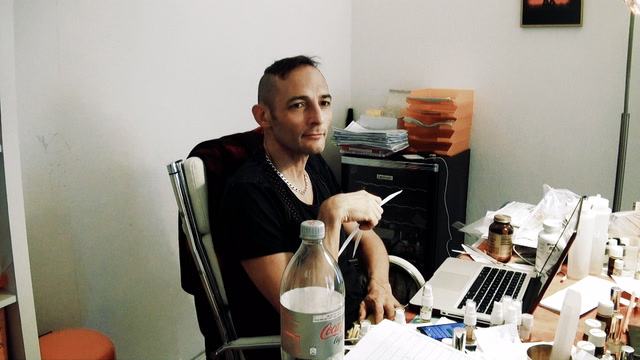
Encounter with a perfume icon1:05
Shalimar is an iconic perfume. But why is it relevant today?
Successful cultural products blend familiar and novel elements. On the one hand, consumers relate to scents that remind them of others they like. On the other hand, they also appreciate the unexpected pleasure of the new. Depending on the overall position of the scent, the actual relatedness of a perfume can vary from that which is entirely derivative of an existing scent, to that which is clearly building on an existing scent, to that which is predominantly original but shows subtle references to an existing scent. This video captures the moment when a modification reminds Christophe of Shalimar, a great perfume created by Jacques Guerlain in 1921. Its story is part of the wider social and cultural matrix in perfumery. Accordingly, the composition was inspired by Mumtaz Mahal, the wife of Shah Jahal, a 17th century emperor of India. Traditionally, the imitation or matching of an iconic perfume serves as a method of learning the craft. In this situation the sudden connection to Shalimar prompts Christophe to return to the formula. To his surprise, the formula is rather different from Shalimar’s. Yet, the scene documents the remaining influence of an historical icon for cultural production.
Key quotes with this tag
Images with this tag
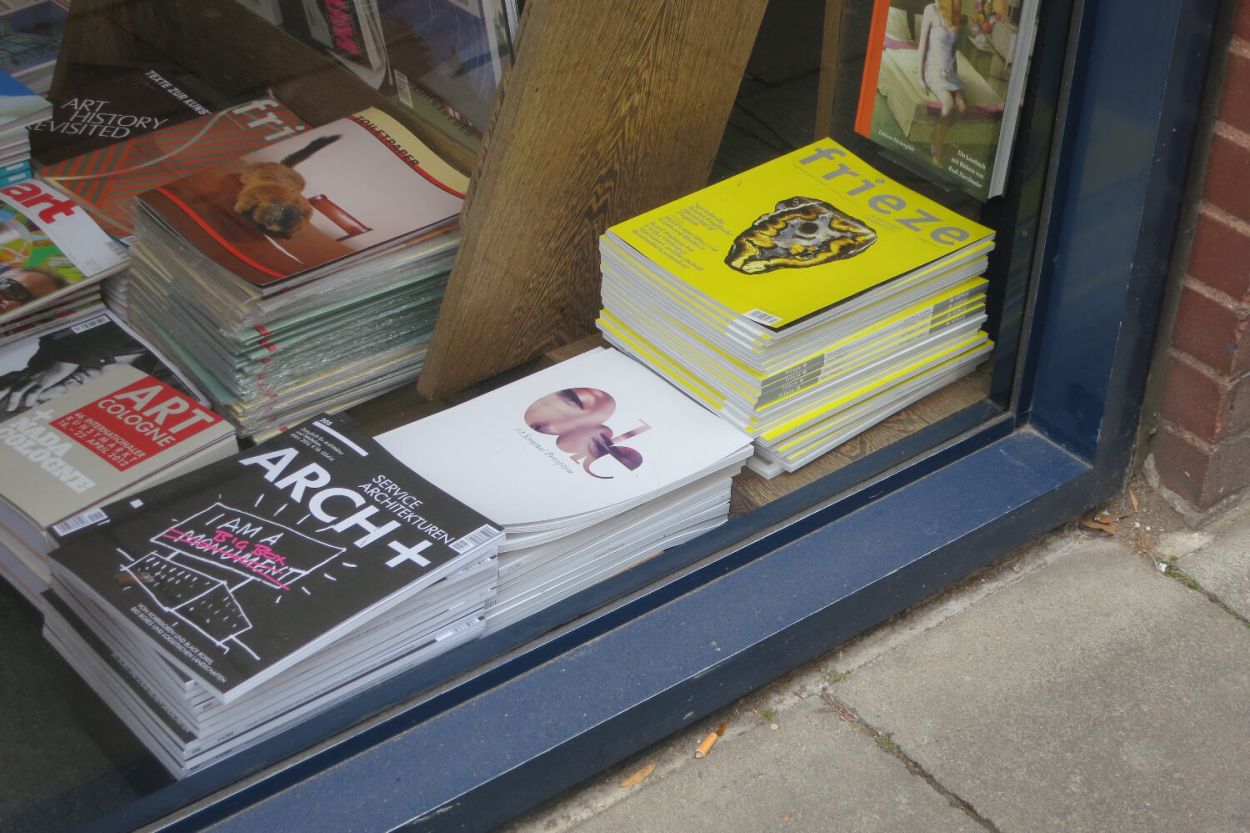
Courtesy of scentculture.tube
Ode, a fanzine devoted to scent culture, on display at Walther König in Cologne.
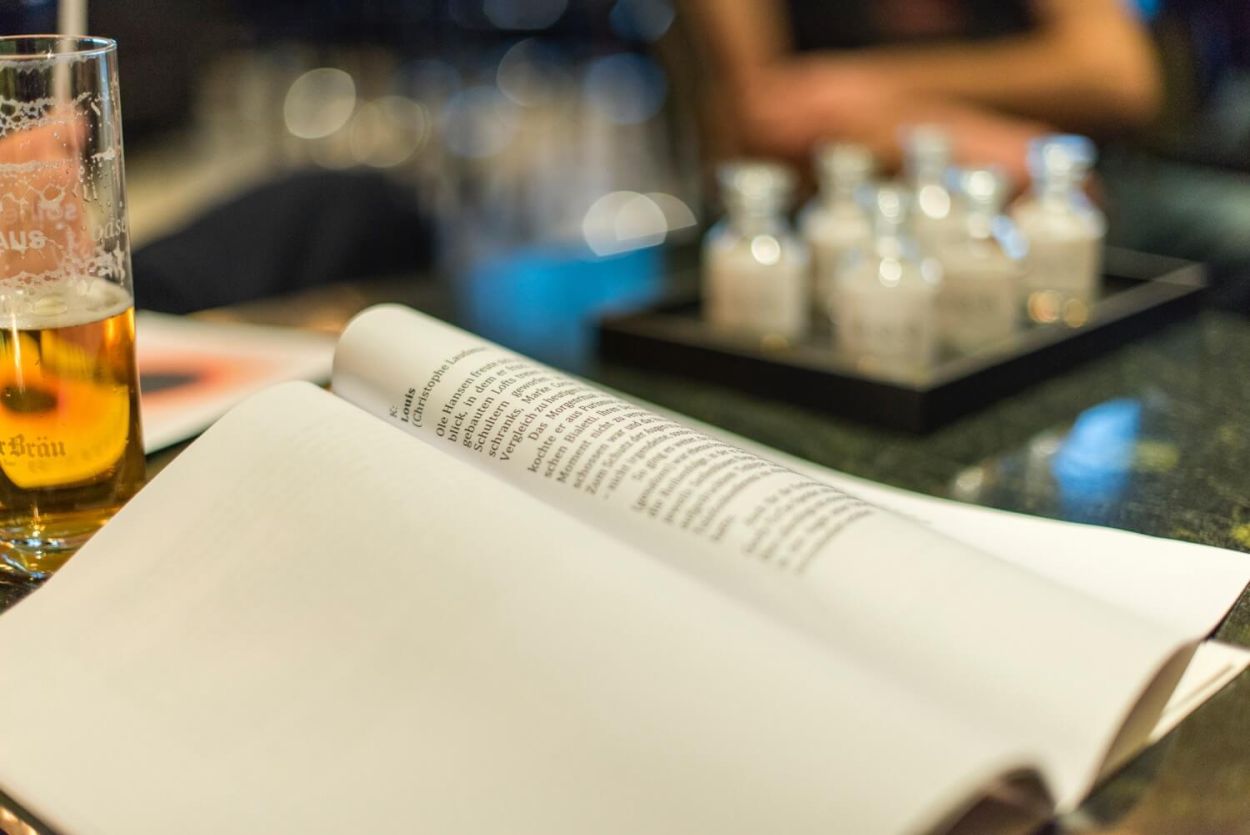
Courtesy of scentculture.tube
Louis is part of the Zoo fragrance line by Christophe Laudamiel. The scent inspired a short story by Tim Krohn, which premiered at the olfactory storytelling festival, Solothurner Literaturtage, 2019.
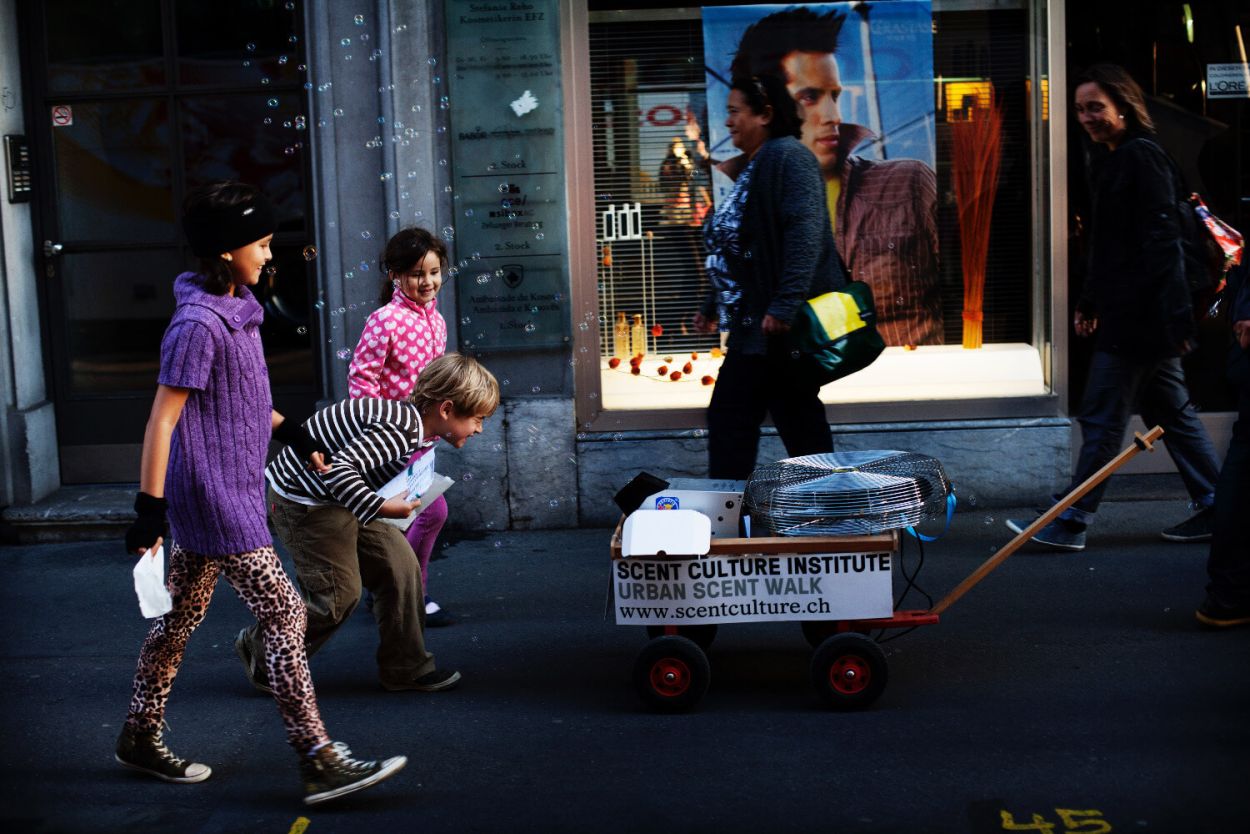
Photo: Loulou d'Aki
Hunting scent bubbles at Bern Urban Scent Walk, in the context of the 2014 Bern Biennial.
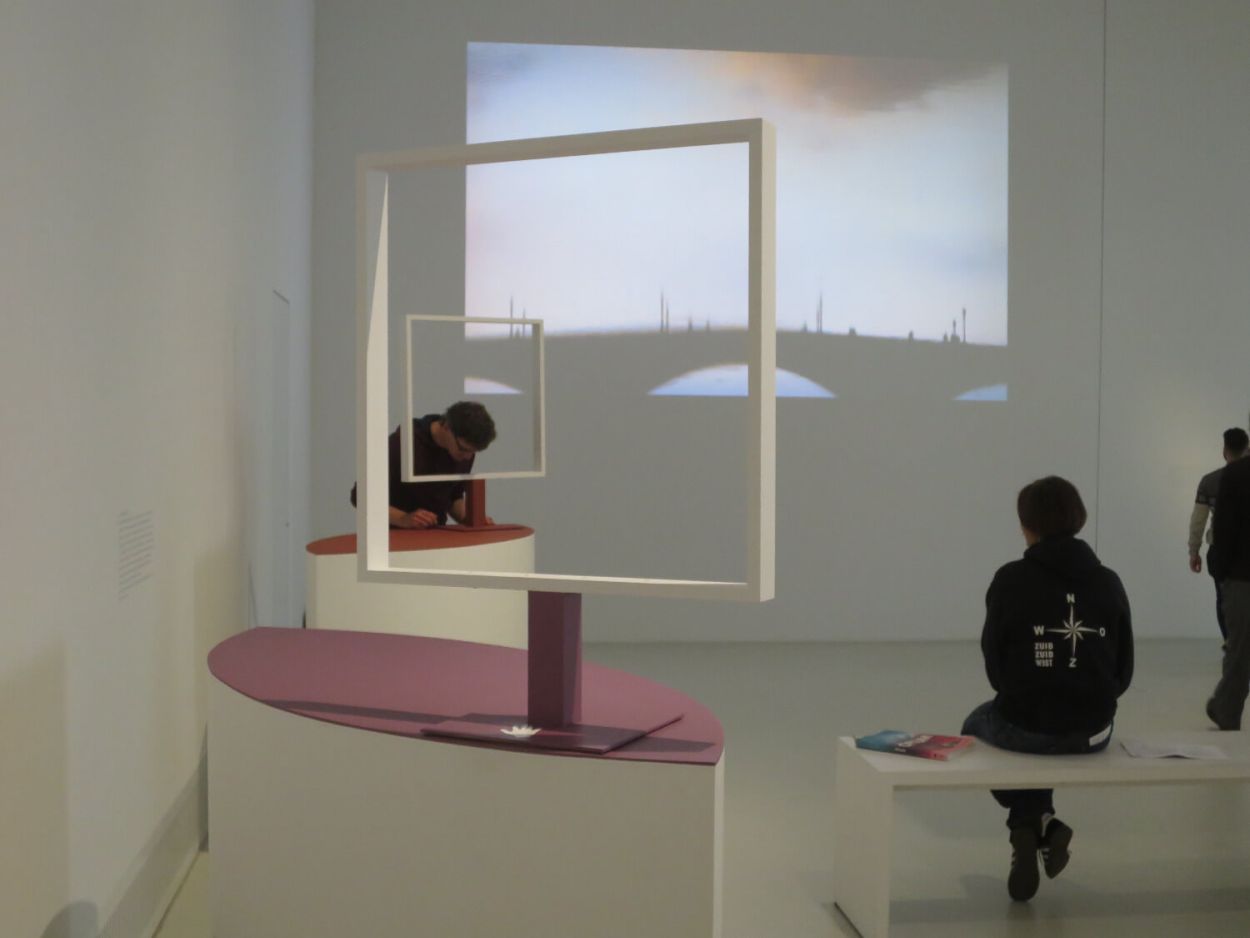
Courtesy of scentculture.tube
Scent squares by Christophe Laudamiel exhibited at the Museum der Kulturen Basel
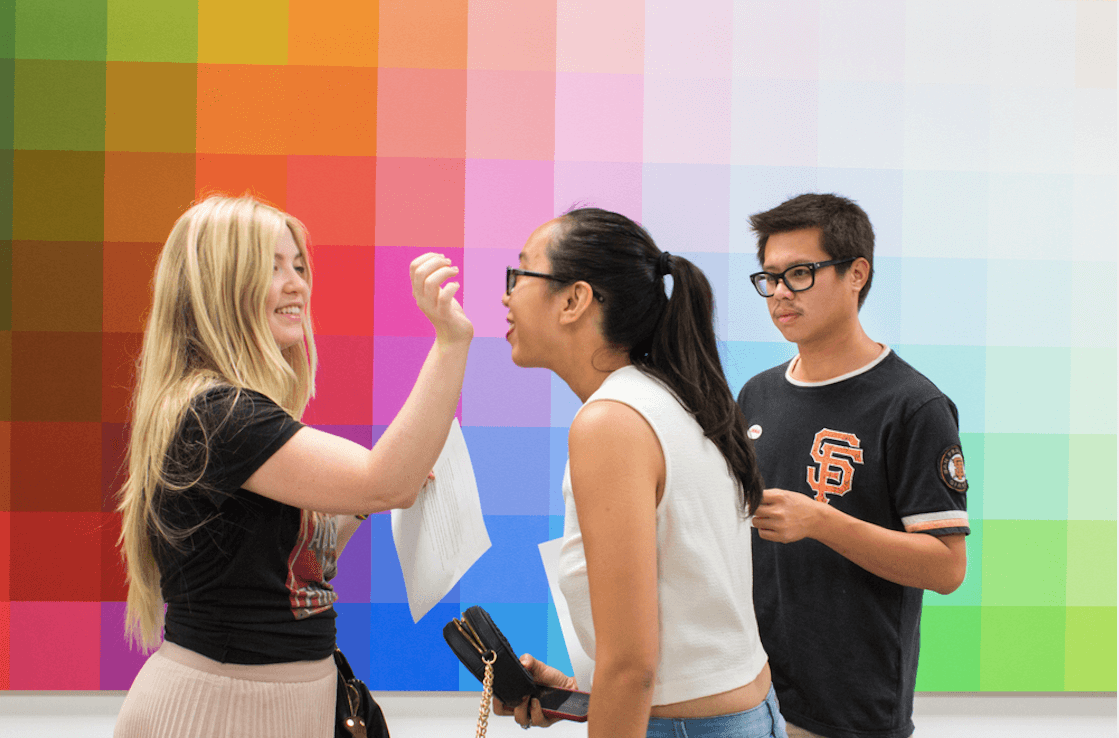
Courtesy: Brian Goeltzenleuchter
Visitors experiencing Sillage, an olfactory artwork by Brian Goeltzenleuchter in Santa Monica.
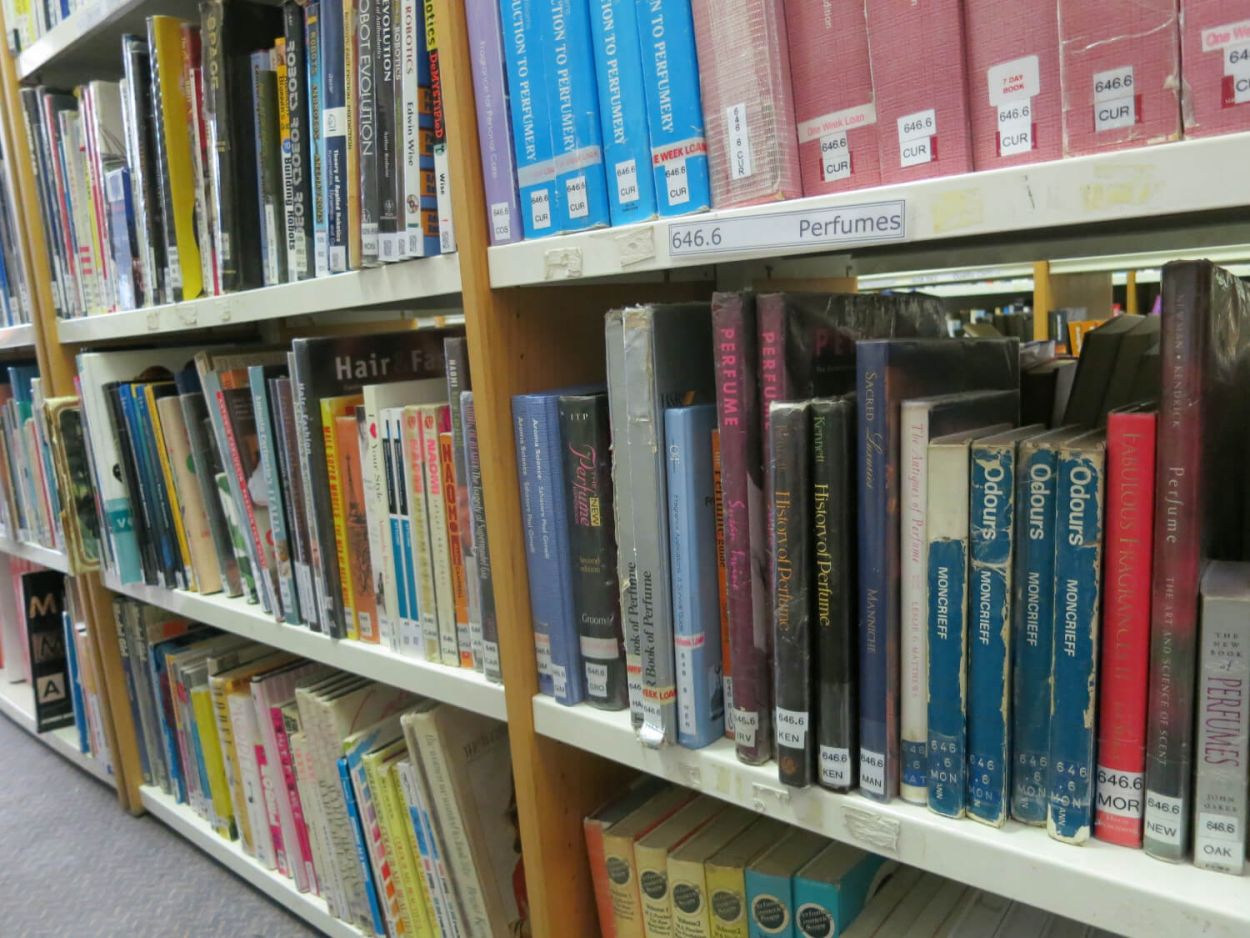
Courtesy of scentculture.tube
A snapshot from a major university library in London.
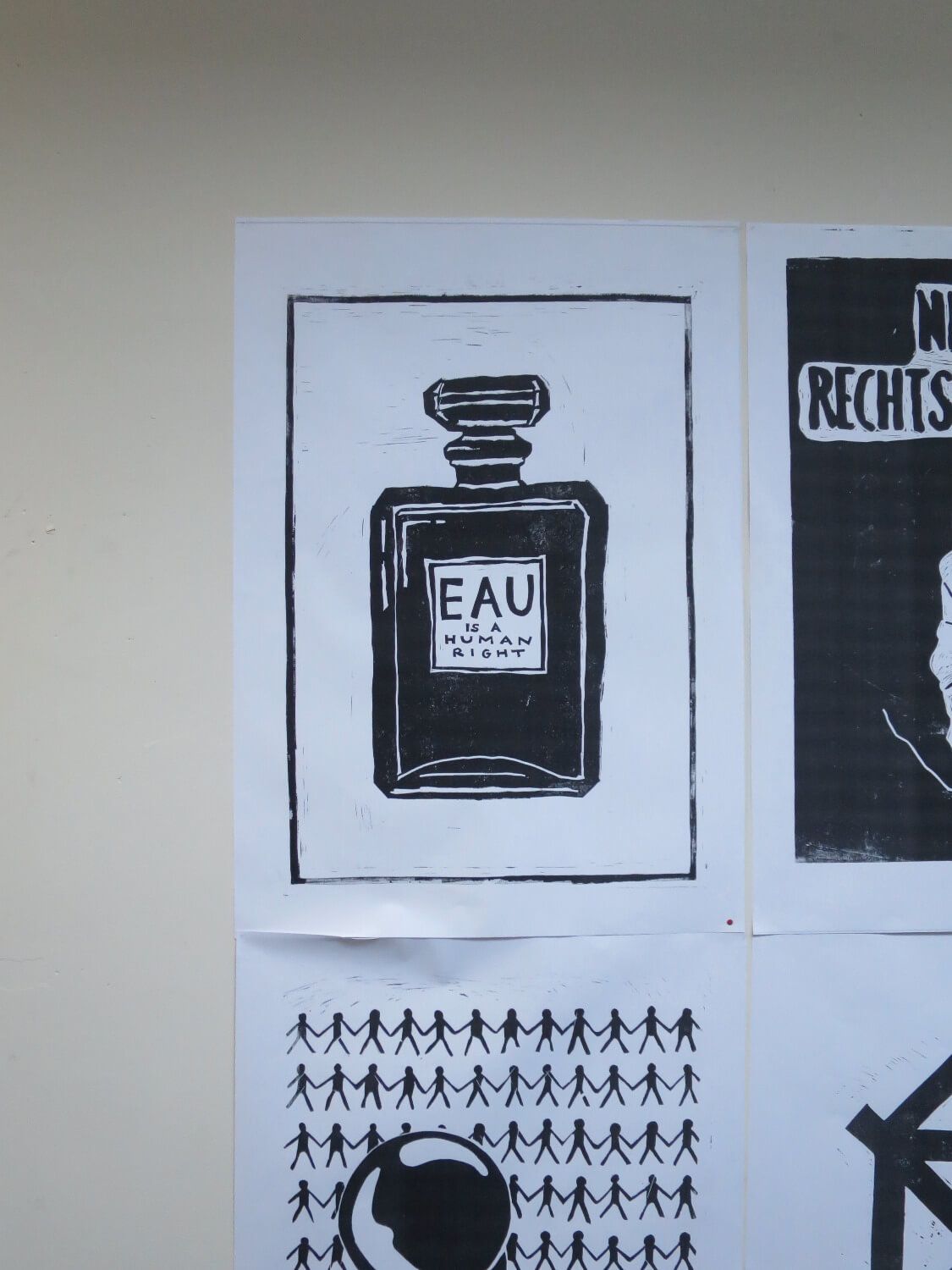
Courtesy of scentculture.tube
Objet trouvé (presumably captured at Karlsruhe University of Arts and Design).

Courtesy: Brian Goeltzenleuchter: Patron Demographic Profile 2016.
Visitors experiencing Sillage, an olfactory artwork by Brian Goeltzenleuchter, at the Walters Art Museum, Baltimore.
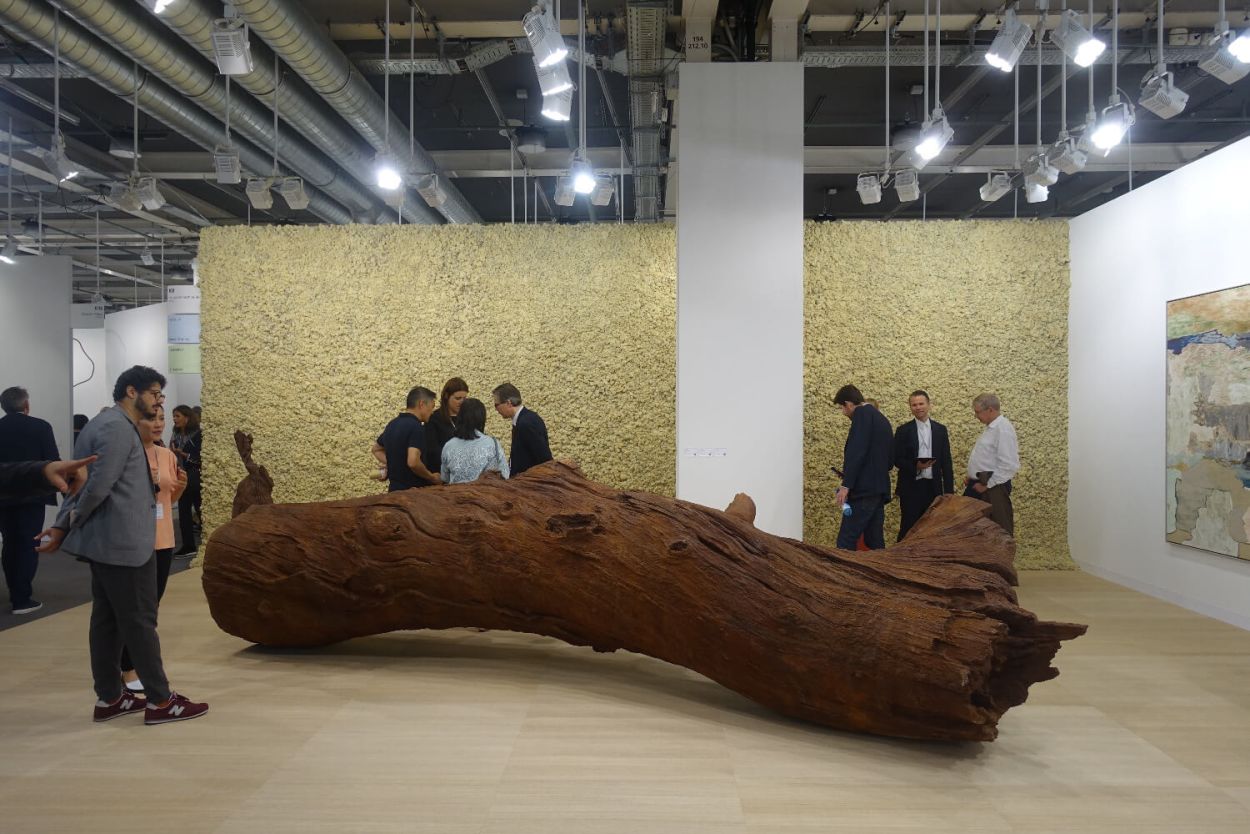
Courtesy of scentculture.tube
A snapshot of Olafur Eliasson’s Moss Wall at Art Basel: A pungent smell surrounds the booth of the Berlin based gallery Neugerriemenschneider.
All Tags
- Affect
- Ambience
- Ambiguity
- Analogy
- Analyzing
- Artifact
- Associating
- Beyond words
- Briefing
- Christophe Laudamiel
- Classifying
- Consuming
- Creating
- Deciding
- Desk work
- Embodiment
- Ephemeral
- Ethnography
- Evaluating
- Experimenting
- Hemingway
- Humiecki & Graef
- Industry
- Ingredient
- Interaction
- Labelling
- Laboratory
- Metal
- Modifications
- Mundane work
- Orange Flower
- Paper
- Presenting
- Sense-making
- Shalimar
- Smelling
- Storytelling
- Still life
- Strangelove NYC
- Translating
- Visual
- we are all children
- Words
